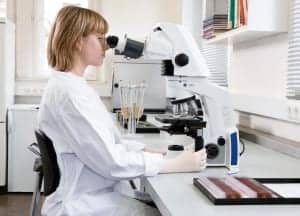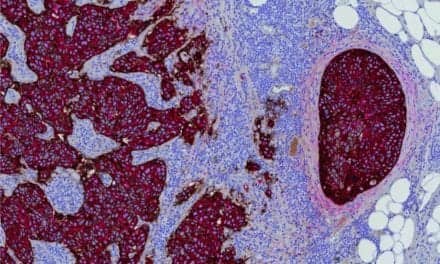Microscopy and scientific instrumentation provider Leica Microsystems released a new version of its AI based image visualization, analysis, and interpretation platform, Avia.
This new version, Aivia 10.5, is designed to enable neuroscientists to save up to 74% of their time when analyzing and reconstructing neurons in 3D data sets thanks to the introduction of a new module of its autonomous image analysis parameter prediction system.
Other enhancements include advanced options for training and applying deep learning models, support for newly released NVIDIA GPUs, expanded support for Leica’s file formats and a streamlined user experience, allowing Aivia users to achieve more from their image analysis tools.
“Aivia 10.5 will give precious time back to the neurosciences community to focus on critical thinking and additional experiments,” says Luciano Lucas, PhD, director of Aivia Solutions at Leica Microsystems. “By focusing on efficiency, automation and ease of use, we are making AI accessible to all.”
Aivia’s image analysis parameter prediction system, Aivia That Learns, improves workflows by learning how to autonomously set up the image analysis parameters required for detection and image analysis tasks by itself. This AI-powered feature was first introduced for the autonomous analysis of 3D objects with Aivia 10.0 in August 2021. With version 10.5, Aivia That Learns is empowering scientists to kick off their neuron tracing analysis with two mouse clicks.
Aivia 10.5 introduces expanded deep learning functionalities. Built with expert users in mind, this new feature allows all deep learning train and apply variables to be customized. Users can now define settings for the network architecture, intensity normalization method, learning rate, number of epochs and many more.
Aivia subscribers have the opportunity to join the Aivia That Learns community to improve the software’s functionality for the benefit of all. The learning system allows users to easily share representations of their images, recipe parameters and feedback on the quality of the analysis with the Aivia development team. The user data can then be used to update the Aivia That Learns AI model for better parameter prediction for all users.
Aivia’s innovative image analysis software is also now available as an annual subscription. Three subscription plans have been designed with unique research needs in mind: Aivia Go, Aivia Elevate, and Aivia Apex, to give users improved flexibility and decision power.
For more information, click here.
Featured image: Thy1-EGFP labeled neurons in mouse cortex processed with PEGASOS 2 tissue clearing method developed in the Zhao lab. Photo: Hu Zhao, Chinese Institute for Brain Research.




